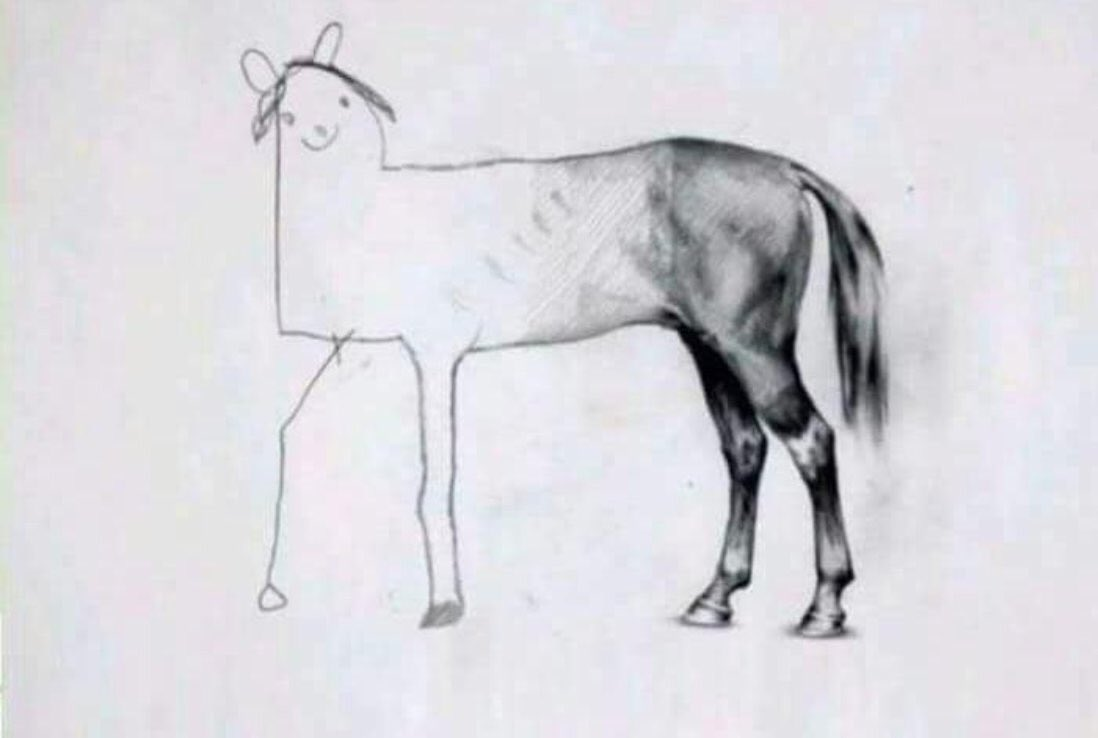Tackling Big Problems-- A Guide to Starting, Stopping, and Starting Again
A large problem is a difficult thing for many reasons, but chiefly because it's exhausting.
When I started my career as a software engineer, I was fresh out of grad school, equipped with a toolkit of problem-solving tactics, but I didn't have the strategic vision to sustain myself as a resource. What do I mean by that? STEM students often speak of grueling workloads and rigorous courses, which build resilience for tackling difficult work.
But what if the challenge is too difficult? In those cases, it often means pulling an all-nighter with questionable results.

I co-founded a software company as the CTO, but I resigned after burning out on that dream during the pandemic. I had to learn how to pace myself because you can't keep burning the candle at both ends forever. Especially when a project feels like Sisyphus's boulder—slippery definitions of “done” make that boulder slide back, and you're already tired from burning the midnight oil.
Starting
The tricky part of starting is knowing where to begin. Some days, the path is clear; on others, less so. I'll often spend hours or days just staring at the problem. I keep a list on my phone of ideas I care about that I've been mulling over for months, sometimes years. For simplicity's sake, let's say you know the problem and have a solid attempt at a solution—maybe you're 60% confident in what's needed and have done something like this before.
In projects, I talk a lot about perspective. Two useful perspectives here are the “giant steps” and the “baby steps." Begin by mapping out your full understanding of the problem and estimating what needs to be done; these are your giant steps. Then, break down each giant step into smaller, manageable actions—your baby steps. This can take anywhere from an hour to a full day, depending on the problem, assuming you already have a tentative solution. With your baby steps outlined, find the ones that make the most sense to start with and dive in. Remember to reserve 30 minutes at the end of the day for stopping.
via GIPHY (opens in a new tab)
Stopping
If you work in an environment where your boss swoops in like Beetlejuice, shrieking about productivity quotas, my condolences—you deserve better. Bossman's still human, and he's probably sneaking out at the end of the day, too, so give yourself the grace to stop as well.
Each day, I define what I aim to accomplish and work toward that goal. Sometimes, though, 4:50 p.m. rolls around, and everything's still a mess. So, I make a note for myself—a bookmark of sorts. I jot down what I was working on, any issues I noticed, and thoughts to revisit tomorrow. I already have my list of baby steps, but these notes are valuable because they capture insights from that in-the-zone state of mind.
I also take a moment to tidy up my workspace. Physical clutter clouds the mind, and while I'm not the neatest person, I've accepted that a bit of mess is part of my process. Taking the time to clean up and reset helps future me to refocus when it's time to dig back in.
Starting Again
The key here is knowing what you can realistically accomplish in a day. I feel a sense of accomplishment when I reach my daily goals, so it's important to be honest with myself about my limits. The sooner you're honest with yourself, the easier it becomes to approach each new start without hesitation. To say it different: don't set yourself up for failure. Know what is realistic for yourself.
Come back to your workspace.
Review your giant and baby steps.
Adjust based on yesterday's progress.
Did meetings cut into your time, leaving you with too much on your plate?
Adjust.
Did you get more done than expected?
Adjust.
Now, read yesterday's notes.
Start again!